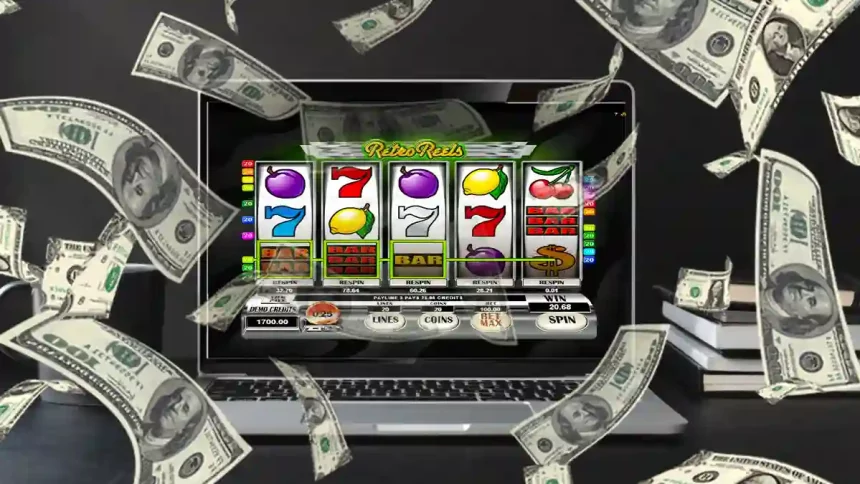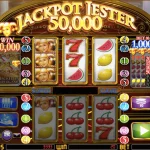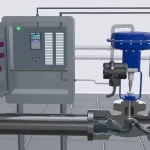Every component of the Buy bet is the same as the Place bet, with the exception of the following three: In order to receive true odds on a Buy bet, which is placed in a certain location on the layout, a tax, also known as vigorish, must be paid. The Buy bet is identical to the Place bet in all other respects.
The slot will not give you actual odds for free because it is in the business of making money, with the exception of the free true Odds bet you can add to your Pass Line bet. This bet is “free” because you don’t have to pay a vigorish. Since a Buy bet pays off at real odds and there is no inherent house advantage, how can the slot profit from it? Do you consent to more mistreatment? You pay the taxes! You think that? A tax! Having access to precise odds comes with a cost. The term “vigorish” or “vig” is used to describe this tax.
Craps as we know it now was created by John Winn. His tweak to the game enables slot to raise their revenue by making the game more user-friendly in exchange for a 5% fee. The additional 5% tax ensured that the slot would still make money even though they could only lose money on actual odds bets if they broke even. The extra charge brought in so much money that they instantly referred to it as เครดิตฟรี, hence the moniker. Today’s vig is still 5%.
Typically, buying is preferred over placing the 4 and 10. Depending on when you pay the vig, buying bets on the 5 and 9 may be advantageous to placing bets on the 5 and 9. Contrarily, placing a wager on the 6 and 8 is always preferable to purchasing the 6 and 8.
What distinguishes a bet that is bought from one that is placed on the 4 and 10? Consider placing a $10 Place wager on the number 4.
If you bet $10 and the Place odds are 9:5, you win $18 ($10 split by 5 equals $2, multiplied by 9 equals $18). To acquire the correct odds of 2:1, consider putting a $10 Buy bet with a $1 vig in instead of a $10 Place bet. You must pay the $1 vig in order to win $20 on a $10 Buy bet on the 4, leaving you with a net payout of $19. When comparing the outcomes of the two bets, you gain $18 on the Place wager and $19 on the Buy stake.
The Buy bet improves as you increase your stake. Consider placing a $25 Place wager on the 10, which results in a $45 profit (Place odds are 9:5). Consider placing a $25 Buy bet and paying $1 in vig to receive the true 2:1 odds. The total payout is $49 even if you win $50 if you place a $25 Buy wager on the 10, since you also have to pay the $1 vig. The winning $25 Place bet pays you $45 whereas the winning $25 Buy bet pays out $49 to you when you compare the outcomes of the two wagers.
Keep in mind that the vig in the case of the $25 Buy bet is only $1. Because the slot normally does not have chips with a value of less than $1, the vig is rounded down from the actual 5% vig, which for a $25 Buy bet amounts to $1.25. A fraction of a vig that is 50 cents or less is frequently rounded down, and a fraction that is more than 50 cents is typically rounded up. As a result, even though 5% of $50 is $2.50, a $50 Buy stake only carries a $2 vig.
The vig is typically not deducted from your winnings until that moment in most slot. On the other hand, some pg168th demand that you pay the vig up front when you place your wager. For instance, you would need to deposit $11 to put a $10 Buy bet on the 4 with an up-front vig ($10 for your bet + $1 for the vig). You lose $11 if the shooter rolls a 7. But most slot want the vig after you win the bet in order to draw consumers. You would only need to put up $10 for a $10 Buy bet on the 4 with an after-win vig, for instance. The dealer will then make you an offer of $19 if you win ($20 for the winless $1 for the vig). The Buy bet is vastly superior because the house advantage is reduced and the vig is paid after a victory.
In my experience, vigs are frequently paid out following a victory if a player has a choice of slot to play at. Vigs are frequently paid upfront if a slot is the sole alternative. The main response is competition. If there are other slot available, you can leave and enter the one right next door. Even though they have you by the balls, the slot can get away with charging the vig up front if they are the only game in town. You can choose not to participate if you don’t like it, but even if you do, we know you’ll still take part.
Put your chips in the Come box and tell the dealer which number you wish to buy to place a Buy bet. The dealer then puts a BUY button on top of the point box, places your chips in the point box at a location that corresponds to your table position, and deals the hand (much like place bets). The camera and boxman are informed that you are purchasing the number rather than placing it when you push the button.
Some dealers automatically buy the stake rather than Placing it when the odds are in their favor in order to assist the inexperienced player. As an example, let’s say the person on your left placed a $25 wager on the number 10. You observe the dealer placing the $25 chip into the 10 point box and pressing the BUY button on it since you are the observant player that you are. A successful $25 Buy wager returns $49, but a successful $25 Place wager returns only $45. Your neighbor doesn’t know that the dealer could have handed him an extra $4 if the wager wins.
The numbers 4 or 10 are ideal for the Buy wager. If the slot lets customers to pay the vig after a victory rather than before it, the 5 and 9 might gain. Consider betting $50 on the 5 if the Place odds are 7:5. In this case, a $50 wager would result in a payout of $70 ($50 multiplied by 7 = $70; $50 split by 5 equals $10). Let’s imagine you place a $50 Buy bet and pay a $2 vig in place of a Place bet to achieve the correct odds of 3:2. You gain $75 for a $50 Buy wager on the 5 (50 divided by 2 equals $25, multiplied by 3 equals $75), but the total payoff is just $73 because you also have to pay the $2 vig. When comparing the outcomes of the two wagers, the $50 Place stake pays out $70 while the $50 Buy wager pays out $73. Putting the 5 or 9 instead of purchasing them with an up-front vig, if the slot demands one, is better because the house advantage is lower (placing the 5 or 9 instead of buying them with an up-front vig, 4.00% vs. 4.76%).













